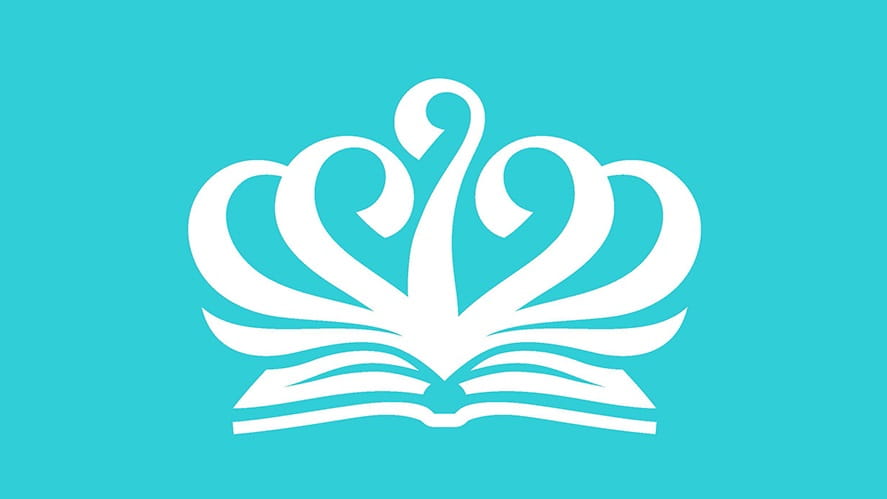Life in Sao Paulo
São Paulo is a very active city where you can find many things to do and great places to go.
Life in Brazil
Brazil is one of the largest countries on the planet, with an estimated population of more than 209 million people. The weather in Brazil can vary a lot depending on the region, but it rarely dips below 20°C (68°F), apart from in the mountains and southern regions. The climate varies from hot and dry to humid and sticky in the tropical rainforests of the Amazon. Famous for its coastline, the Amazon, Pantanal and the Iguaçu Falls, Brazil is also known for its colourful Carnival.
Brazilian main dishes consist of rice and beans, but typical foods vary by region. Try feijoada, pastel, pão de queijo, moqueca and more. Brazil is also famous for its football, Volleyball and the typical Capoeira Brazilian martial art.
Things to see and do in São Paulo
- Ibirapuera Park
- The Modern Art Museum (MAM)
- The Afro Brazilian Museum
- The Contemporary Art Museum (MAC).
- Villa-Lobos Park
- Botanical Garden of São Paulo
- São Paulo Zoo
- MASP - Art Museum of SP
- Catavento - Science Museum
- MZUSP - Museum of Zoology of SP
The city is renowned for the quality and diversity of its food due to its diverse mix of immigrants such as Italian, Portuguese, Japanese, German, Korean and the Middle Eastern.
Other Places to Visit
If you wish to get away from the city, the closest beaches are on the south side of São Paulo, known as Baixada Santista. There is Santos, 70 km away, Guarujá, 88 km or Bertioga, 106 km away from SP.
The best beaches are on the north coast of SP in places like Ubatuba, Ilhabela, São Sebastião and Maresias.
If you wish to visit some countryside towns, head to Campos do Jordão, Holambra, Brotas and Paranapiacaba.
Paranapiacaba was designed in a special model style. Because of its remoteness, the town has been well preserved. The buildings were all of English Victorian style, built with wood and bricks.The houses in the town are all made of timber and looks like an area of Surrey. The town was laid out in the 1890s in a grid pattern. Even though Brazil attained independence in 1822, its architectural styles were influenced by Portuguese colonizers and by the British.
We hope you find this guide useful, but you will always find a friendly Paulistano around to give you some friendly tips if you need them.
Learning Portuguese
Before you arrive in Brazil, you would benefit from taking some Portuguese lessons to provide you with a basic knowledge of the language.
If you speak Spanish, it will be relatively easy to learn Portuguese since the two languages have common roots. Although Spanish is similar to Portuguese, and many Brazilian take English lessons, it's best to make an efffort to talk the native language.
There are many language schools in São Paulo that provide Portuguese lessons for foreigners. The best thing to do is ask the local people about the best ones in the area you will live or work.
Education in Brazil
The education system in Brazil is split into Primary, Secondary and Higher Education.
Primary Education
The compulsory first nine years of education are known as Fundamental Education (Ensino Fundamental) and are divided into two levels: Ensino Fundamental I and Ensino Fundamental II.
The core curriculum is set by the Education Council.
During the Ensino Fundamental I, children study mathematics, Portuguese, science, arts, history, geography and physical education. During Ensino Fundamental II, pupils also study at least one other compulsory language.
Secondary Education
Upper secondary education is for students ages 15 to 17. On top of the core curriculum subjects studied during Ensino Fundamental, students will also study philosophy and sociology.
The courses provided during this period are essentially designed to allow a young person to enter into a university. The courses can be conducted either at the private school the child has been attending up until this point, or at specific colleges which prepare the teenagers to take the specific entrance exam set by the university. Students can also choose to take professional training courses at the same time.
Higher education (Ensino superior)
Once students have successfully completed secondary education, they may continue their studies at a public or private university. To enter a public university, students must sit an entrance exam, known as vestibular.
